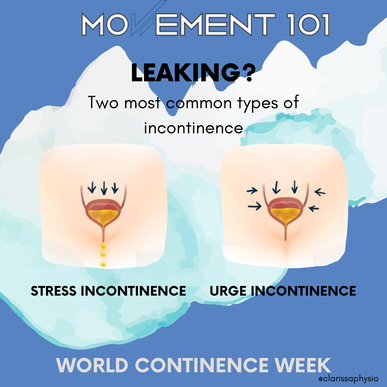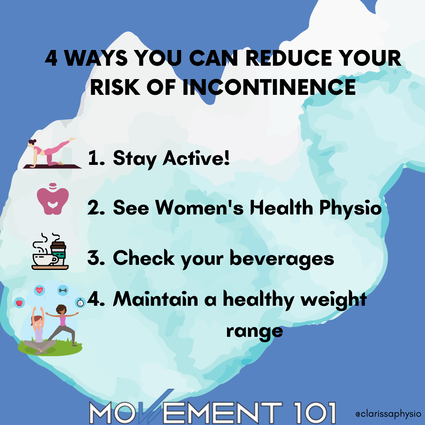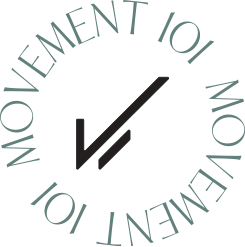|
World Continence Week 2021  The 2 most common types of Urinary Incontinence are: Stress UI Loss of urine associated with an increase in pressure (e.g., cough, laugh, jump) Urge UI Loss of urine associated with a strong sense of urgency 4 ways women can reduce their risk of incontinence Staying active
Research suggests women who are active have lower levels of incontinence and stronger pelvic floor muscles. Physical activity can also help prevent constipation, helping reduce incontinence. See a Women's/Pelvic Health Physio Women's health physios can diagnose and treat incontinence. They can also help you prevent it! A physio may recommend pelvic floor exercises, teach good bladder/bowel habits, offer lifestyle advice, and advise on exercise. Check your beverages Try reducing your intake of caffeinated, sweetened, & alcoholic drinks to see how your bladder responds. These drinks are known as "bladder irritants" and can make symptoms of urinary frequency and urgency worse. Maintain a healthy weight range Research has shown increased body weight increases incontinence risk. Losing body fat may help significantly reduce incontinence symptoms. However, fat loss is not a healthy goal for all women - especially those who have disordered exercising or eating history. For those women focus on the previous 3 strategies above. If you have been having any trouble with leaking book in with our Womens Health specialist Clarissa Yiu Comments are closed.
|
AuthorWrite something about yourself. No need to be fancy, just an overview. Archives
April 2024
Categories |
|
|
|



 RSS Feed
RSS Feed









